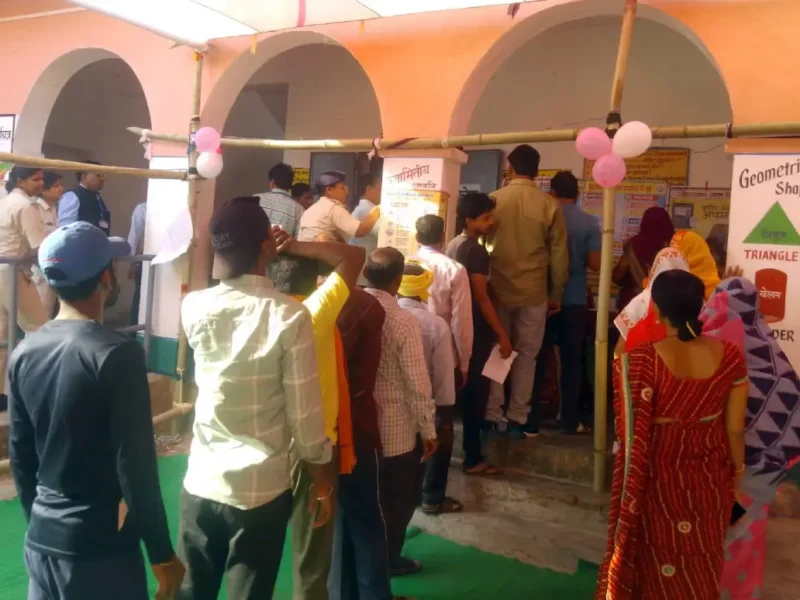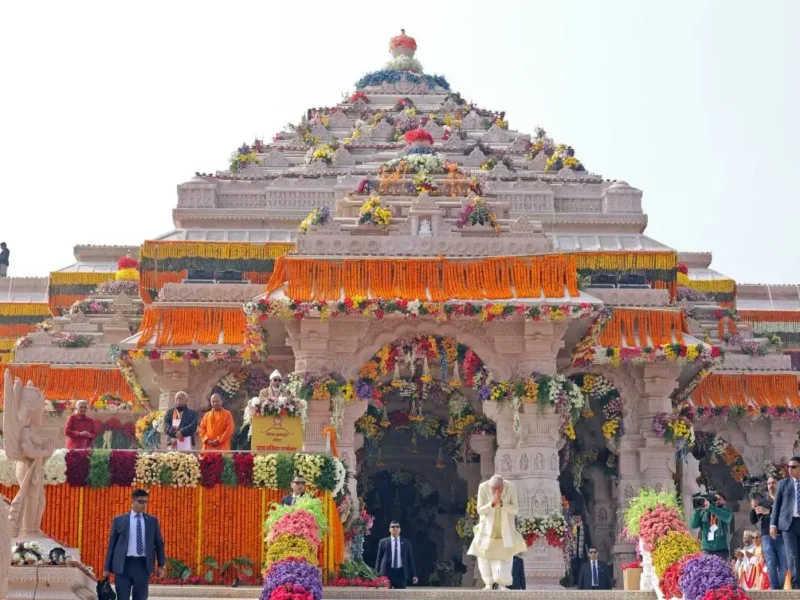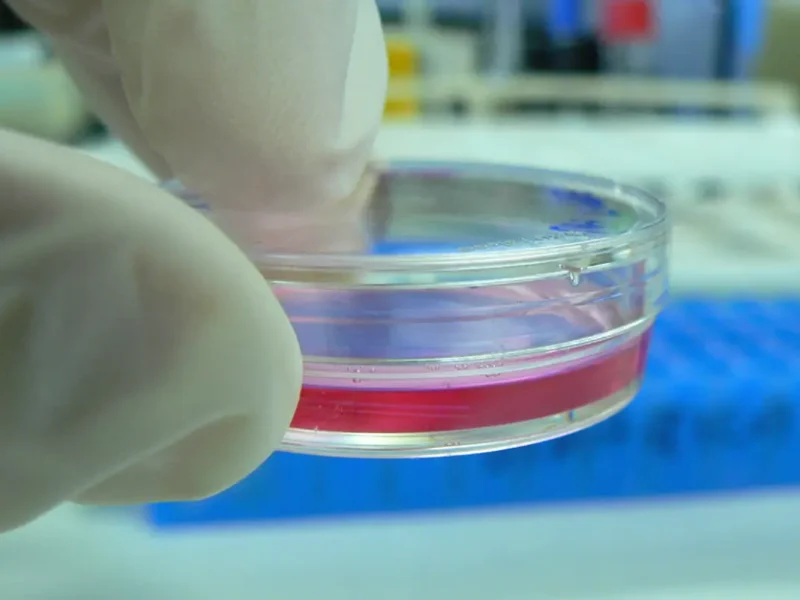Shortage Of Doctors In India: A Wake-Up Call
From Kanka Pandita, NCR-Delhi
A majority of Indians are unable to access quality healthcare facilities at an affordable cost, primarily due to the limited availability of doctors, who are also unevenly distributed across the country.
India has just one doctor for every 1400 citizens, in stark contrast to developed nations where the ratio is 1 doctor for every 250 persons. This concerning doctor-to-citizen ratio is further exacerbated by the urban-rural divide. Roughly two-thirds of India’s population resides in rural areas, and according to the Rural Health Statistics of 2021-22, rural India faces a shortage of more than fifty percent of doctors. Meanwhile, specialized medical services remain concentrated in urban centers. Furthermore, the distribution of the healthcare workforce varies significantly among states. States like Kerala, Tamil Nadu, Karnataka, and Andhra Pradesh have one doctor for approximately 600 persons, while states like Bihar, Jharkhand, and Uttar Pradesh have over 3000 persons per doctor.
Currently, over 1.3 million medical doctors are registered with the Medical Council of India (MCI), the regulatory body for medical education in the country. If we consider a thirty percent non-availability due to factors like death, retirement, or migration, the effective number of doctors available for India’s 1.4 billion population is reduced to one million. This falls considerably short of the standards set by the World Health Organization (WHO). With almost one million doctors graduating annually, India is projected to have around 1.5 million doctors within the next five years for a population of 1.6 billion, equating to approximately one doctor for every 1000 persons—still falling below WHO norms.
The existing healthcare system in India also grapples with the problem of imbalanced distribution of doctors between rural and urban areas. Many Indian doctors are reluctant to serve rural communities due to insufficient infrastructure and inadequate remuneration.
Under the current medical curriculum in India, immediately after graduation, medical students aspire to pursue higher studies in their preferred fields, often driven by commercial considerations. This trend leads to vacancies in certain specialized fields, exacerbating the uneven distribution of medical services across the nation. Such selective higher education pathways also contribute to brain drain, as highly qualified doctors seek more lucrative opportunities abroad, neglecting their social and national responsibilities.
Addressing this urgent issue requires not only increasing the number of doctors by expanding both private and government medical colleges but also regulating the choices of higher education to ensure a balanced distribution of technically qualified doctors. To curb the emigration of doctors, the Indian government must proactively fill a significant number of vacancies in various geographic locations while improving basic facilities.
While the approval of more than 50 new medical colleges, generating approximately fifty thousand doctors annually, is a positive step, the simultaneous derecognition of nearly 100 medical colleges each year for failing to meet prescribed norms by the National Medical Commission (NMC) ultimately diminishes the number of available doctors. India’s current medical education system requires reform to establish transparency in its regulatory mechanisms and to transform the prevailing healthcare scenario. Such reform initiatives, similar to those undertaken periodically in countries as diverse as the United States and Singapore, need to be implemented in India as well.






Nimi Bhat
/
Interesting overview of shortage of doctors in India ……. Need urgent attention by the government
August 18, 2023